A lock is the safest way to protect your bike in towns and urban areas. A few minutes or even a few seconds away from home is enough to risk never finding your precious bike again.
While an anti-theft device is not an infallible guarantee, it can make all the difference, by delaying or deterring thieves. Choosing the right anti-theft device is therefore essential.
The characteristics of an anti-theft device
- Security levels : FUB, ART, Sold Secure, SRA label...
- Types of anti-theft devices : frame locks, U-locks, articulated and folding locks, chains, cables with armor, cables without armor, locks for accessories (wheels, saddle and seatpost, luggage, helmets and other equipment).
ALL YOU NEED TO KNOW ABOUT LOCKS
Security levels
Three independent authorities are responsible for assessing the effectiveness of anti-theft devices.
They are :
- FUB : French Federation of Bicycle Users
- ART : in the Netherlands
- Sold Secure : in Great Britain
These entities test and rate the equipment themselves. FUB classifies locks into two levels: "1-wheel" for recommendable models, and "2-wheel" for the safest models. In a more traditional way, ART awards grades from 1 to 5. Finally, Sold Secure gives out recommendations in the form of medals: Gold, Silver and Bronze. Some insurers refer to these rankings: they then require cyclists to equip themselves with a recognized anti-theft device before agreeing to insure their bikes.
Some locks are also rated "SRA" (Sécurité et Réparation Automobile). SRA is a professional organization whose missions include helping to combat vehicle theft. It draws up very strict specifications and tests for anti-theft devices: a guarantee of high resistance. Insurers, who are all SRA members, often require SRA-labeled locks.
In addition, the manufacturers of locks themselves test their equipment and give it a rating or duration of resistance to break-in attempts. Of course, these ratings are not given in a neutral, independent way: they serve above all to differentiate between models in the manufacturer's catalog, according to their level of range.
Types of locks
Antitheft locks fall into two broad categories: those designed to protect the bike itself, and those dedicated to components or accessories, such as seatposts and seatbars. saddles.
Locks to secure your bike
U-shaped locks
There's a saying that a bad U-shaped lock is better than any good lock of any other type. The most effective model for preventing or delaying theft, the U is characterized by a weight often exceeding one kilo, due to the use of thick, heavy and dense steel, yet lighter and stronger than a chain. They measure around 10 cm in width, 15 to 30 cm in length - with some models allowing multiple bikes to be hooked up - and are usually fitted with an attachment system to the bike frame to make them easier to move around. In addition, some manufacturers, confident in their products, reimburse a lump sum in the event of theft.
Frame locks
Located on the rear wheel, it is shaped like a horseshoe. This fixed anti-theft device, connected to the chainstays (via clamps or eyelets, or integrated into the design of the bike), is a highly effective deterrent: to get rid of it quickly, a thief risks damaging the bike. Made of steel, it's not lightweight, but has the advantage of being integrated: to unlock the wheel, it opens and stays in place. It takes up very little space and doesn't need to be stored. Of course, it only locks the wheel and doesn't anchor the bike in a given place, so it's best reserved for short stops in town.
The folding lock
The shape of the folding lock is reminiscent of a carpenter's tape measure. Pleasant to handle, more effective than cables and less cumbersome than U-locks when folded, it does not rival the latter in terms of protection. The connection points between the various flat steel bars are weak points. The folding lock should be reserved for short stops.
Chain locks
To classify an anti-theft chain as "1-wheel", FUB requires that its links (made of hard steel) measure at least 6 mm in diameter. To reach the "2-wheel" level, the weight becomes very high. This type of anti-theft device, whose links are inseparable, can be locked with a key or code padlock. Longer models can be used to attach one or more bikes to a post. A short chain can be used to secure a wheel to the frame. Because of its weight, it's a good idea not to take the chain with you, and to leave it attached at the parking point.
Armored cable
Armored cable, also known as "boa" or "python" cable, is made up of several steel cylinders hinged together. A steel cable runs through the inside. Flexible, practical to store and use, the quality of manufacture varies widely and largely determines its effectiveness. In particular, the connection between the cable and the lock case is a critical point. Even a good model is less effective than a U and should be used for short breaks.
Unarmored cable
This type of anti-theft device features a steel cable surrounded by a flexible plastic sheath. The thickness of the sheath can be deceptive: these models resist a thief with wire cutters for only a few seconds. It should be used not to secure the bike itself, but to secure accessories, such as a pannier, to the bike. The unarmored cable is, of course, lightweight and easy to store. In the same spirit, there are very compact locks made of retractable steel cables. Here, too, they are used to secure an accessory, such as a helmet.
Accessory locks
Thieves don't just target entire bikes. Depending on the opportunity, they may take just one wheel, the seatpost or the saddle. To prevent your bike from being mutilated and therefore unusable, manufacturers have designed anti-theft systems to replace wheel axles or seatpost clamps.
The Tranz-X system, for example, uses special keys, while Ixow's Lock'N'Roll or Safering Gravity axles open only when the bike is turned over. Kryptonite offers a similar system (WheelNutz), this time for bolted axles. With these solutions, all you need to do is carefully anchor your bike to a fixed point, so that it cannot be turned over.
Finally, as mentioned above, a small cable lock can be used to secure an accessory, such as a bicycle, to the bike. pannier.
Which lock to choose?
Your choice will be guided by several criteria:
Investment
A quality lock is security, but the investment must be commensurate with the value of the bike to be protected. A good calculation might be to invest no more than around 20% of the price of the bike in the lock, with a minimum of €30 for a high-performance model. Of course, all this needs to be adapted to your specific situation. If your bike, however inexpensive and bought second-hand, is your only means of getting to work, it's its essential function that justifies the investment. If your bike sleeps outside or has to be parked in a high-risk area, again, the investment needs to be carefully considered. All bicycles are liable to theft, from the top-of-the-range to those that have lived the longest.
Ratings
The ratings provided by independent authorities and by the manufacturers themselves give good information to guide your choice, depending on the duration of parking (quick stop, a few hours, all day, all night) and your area (rural, semi-urban, urban, very large city). A simple tip: a rigid lock is always more resistant than a cable lock. And among rigid locks, for prolonged parking, the U lock has proved its worth and is the safest to protect an entire bike. For very short stops, if you can't use a U, we recommend a frame lock.
Choosing the right length
The shape of the bike, the number of bikes to be secured and the type of attachment point are all factors to be considered. To attach to a dedicated pole in town, a classic U-shaped lock (approx. 25 cm long) or a folding lock (approx. 75 cm) is quite sufficient. For attaching two adult bikes to a pole, an adult bike and a trailer or children's bikes, or for attaching to certain barriers or thick poles, such as an electricity pole, a 30 cm U-shaped lock, or a folding model over 90 cm, is recommended.
Choosing the lock
Key locks are the most widely used. Among them, disc locks are often used for their resistance to pick attempts. Locks are sold with a spare key: it's advisable to keep it at home, separate from the key you use every day. Some manufacturers, such as Abus or Axa, anticipate key loss and can supply new keys on request, after checking the lock's reference number. A card with a personalized code is usually supplied at the time of purchase, and will be invaluable in such cases.
How to use your lock
A good anti-theft device is worth nothing if certain precautions are not taken when using it.
Identify a suitable fixed point
There's no need to tie your bike to a simple 1-metre-high post. The thief will simply lift the whole thing until the bike is free: not everyone thinks of this obvious fact! The vast majority of thefts are made possible by poor bike security. A high post or a closed barrier are the most suitable.
A place frequented by passers-by, with a good number of bikes already parked, is ideal: it will offer little discretion to a potential thief. A corridor or building courtyard is not necessarily protected: half of all thefts take place there.
Once you've found the place and the fixed point, it's imperative to secure your bike by the frame, and think about securing the accessories afterwards. The front wheel can often be secured to the frame and post by a single anti-theft device. The lock of the lock is oriented downwards, to limit pick attempts.
The ideal configuration
A U-shaped lock secures the frame and front wheel to a suitable fixed point. Another lock, such as a chain, secures the rear wheel to the frame and post, even if it means leaving this second lock in place when the bike is not attached. The seatpost is fitted with an anti-theft pin.
Tip: A U can be used to secure the frame, front wheel and rear wheel together. In this case, simply remove the front wheel to form a compact unit that the U can enclose.
Common mistakes
Tying yourself to a pole that's too low, using only a cable lock to secure your entire bike, not securing the wheels or the rear wheel, etc. seatpostOr worse still, securing only one wheel to the fixed point, and not the frame... Many cyclists have already found their front wheel secured alone, the rest of the bike having disappeared. And also: don't secure accessoriesaccessories, such as panniers, especially if they're only connected to the bike by a quick-release fastener.
Last but not least, engraving your bike is a complement to using an anti-theft device. Let's take a look at the Bicycode system launched by FUB. Bicycles are marked with a unique number and listed on www.bicycode.org, together with the owner's contact details. 40% of stolen bikes are recovered: a system like this gives victims a better chance of being contacted.
ACCESSORIES - Bike Locks
-
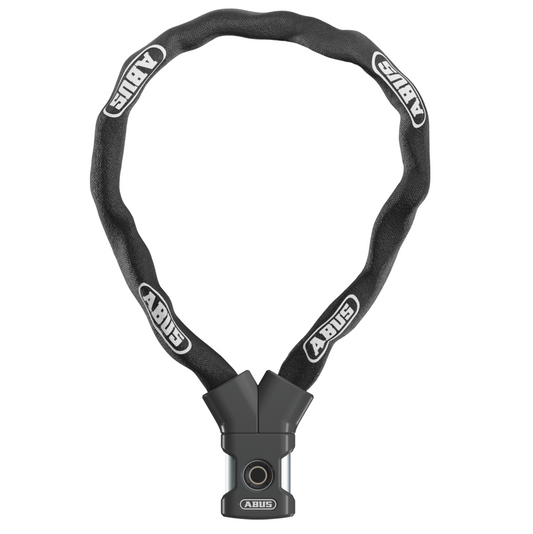
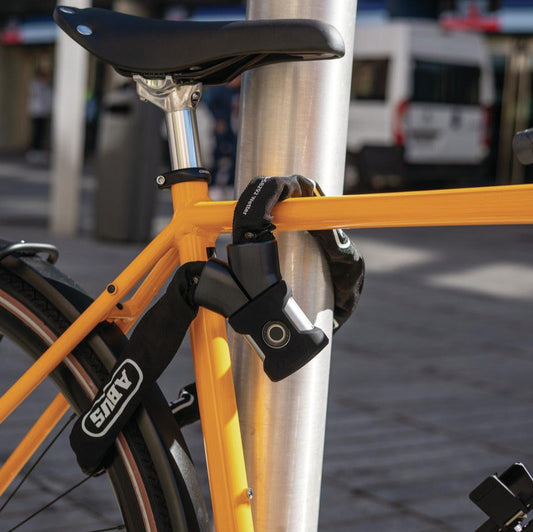
ABUS YARDO 7807F chain lock
Regular price From 89,99 €Regular priceUnit price per -
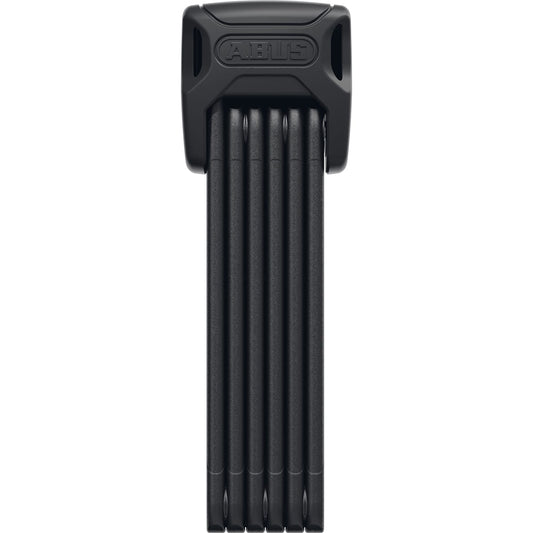
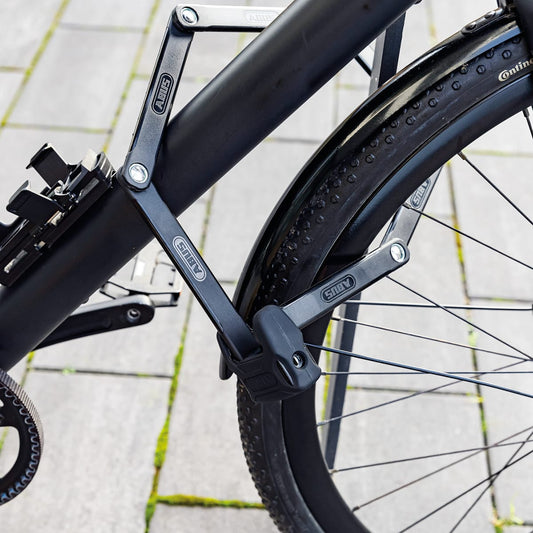
ABUS BORDO 6000K Folding Articulated Anti-Theft Lock + SH Bracket
Regular price From 79,99 €Regular priceUnit price per -
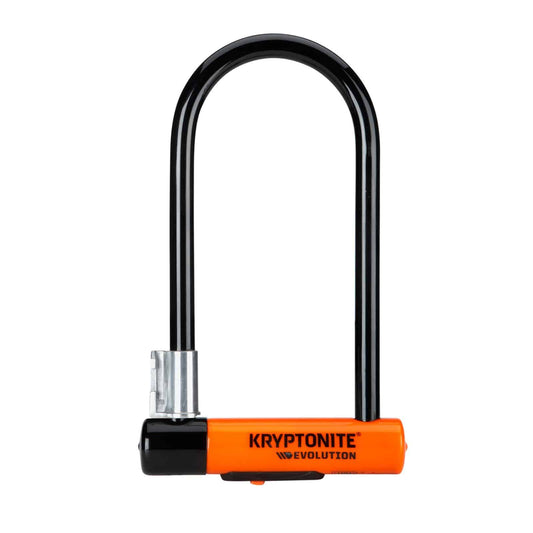
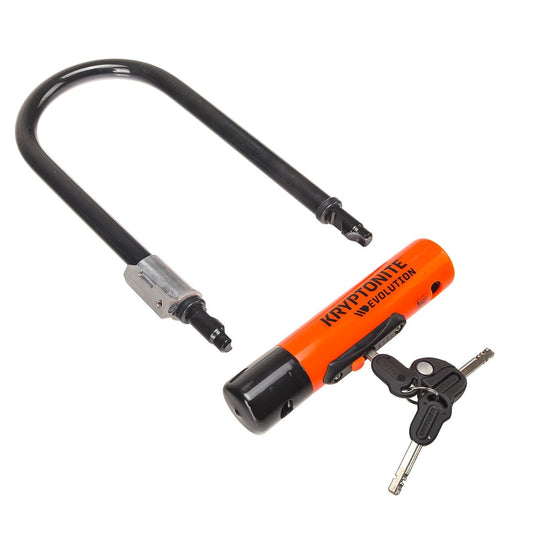
U anti-theft device KRYPTONITE EVOLUTION STANDARD
Regular price 69,99 €Regular priceUnit price per -

Cable Anti-Theft KRYPTONITE KRYPTOFLEX 4Ft LOOPED CABLE Without Padlock
Regular price 14,99 €Regular priceUnit price per -
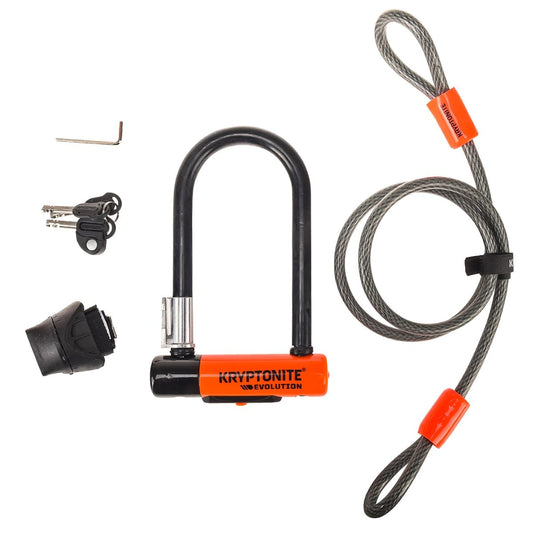
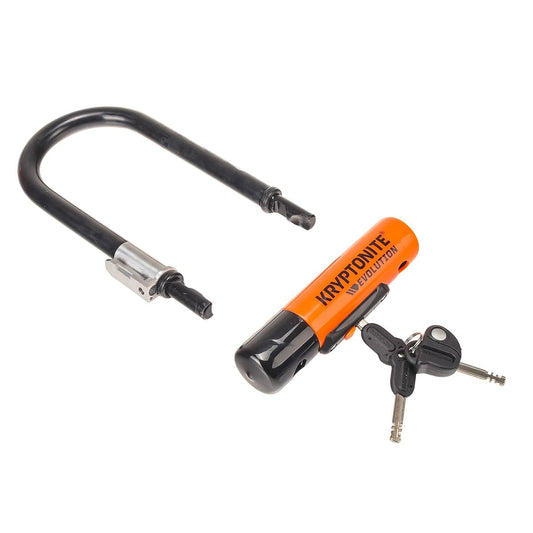
KRYPTONITE EVOLUTION MINI-7 U anti-theft lock + FLEX cable
Regular price 69,99 €Regular priceUnit price per -
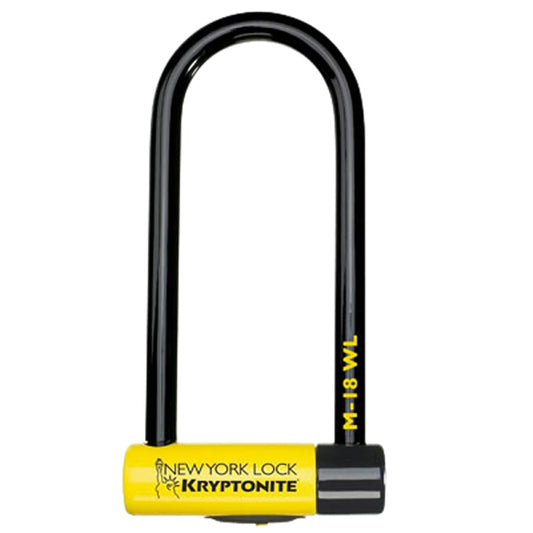
U anti-theft device KRYPTONITE New York M18-WL
Regular price 129,90 €Regular priceUnit price per -
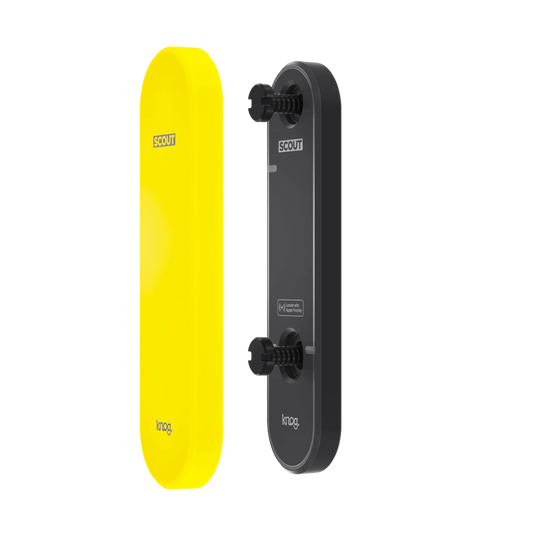
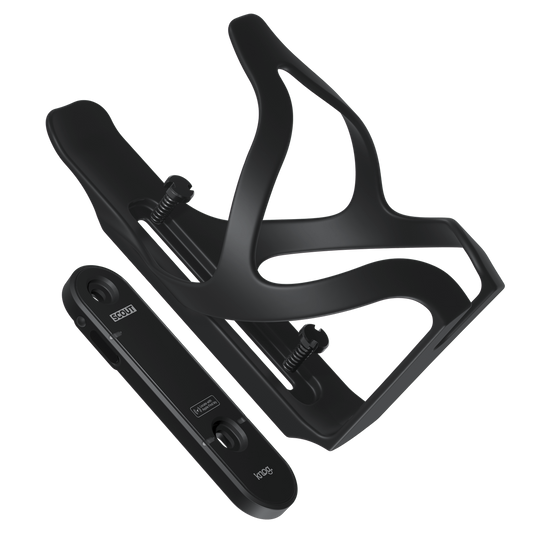
KNOG SCOUT alarm and bike tracker
Regular price 44,99 €Regular priceUnit price per -
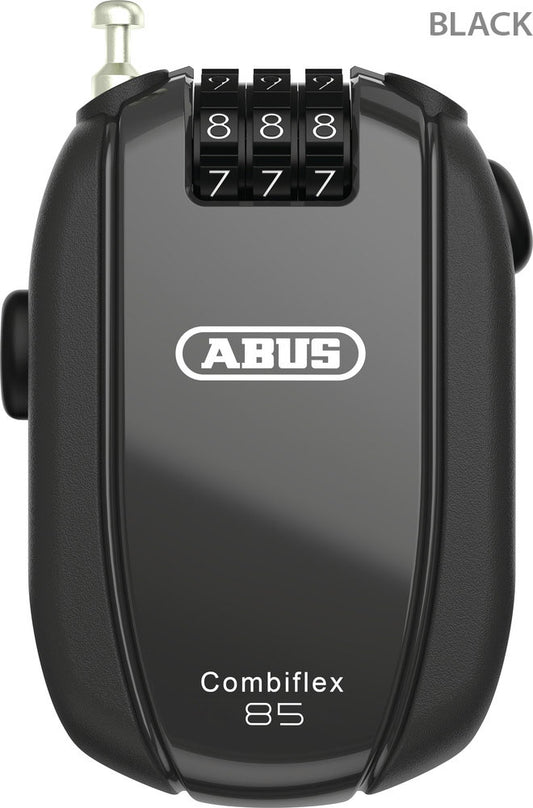
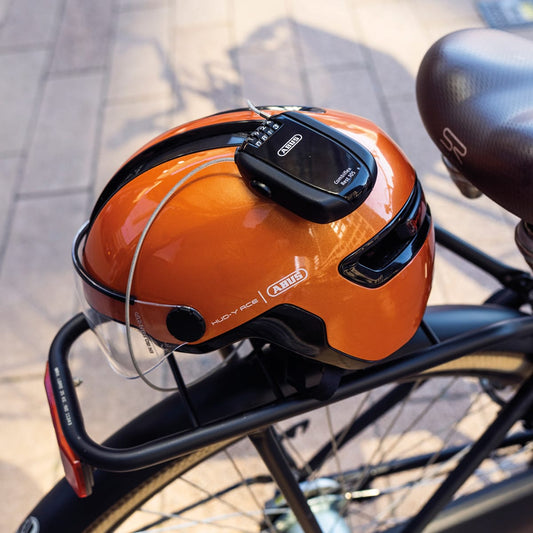
ABUS COMBIFLEX REST anti-theft retractable cable lock
Regular price 19,99 €Regular priceUnit price per













